How To Sauté
Published January 6, 2020. This post may contain affiliate links. Please read my disclosure policy.
Learn how to sauté and apply this simple cooking technique to enhance the flavor of all your food.
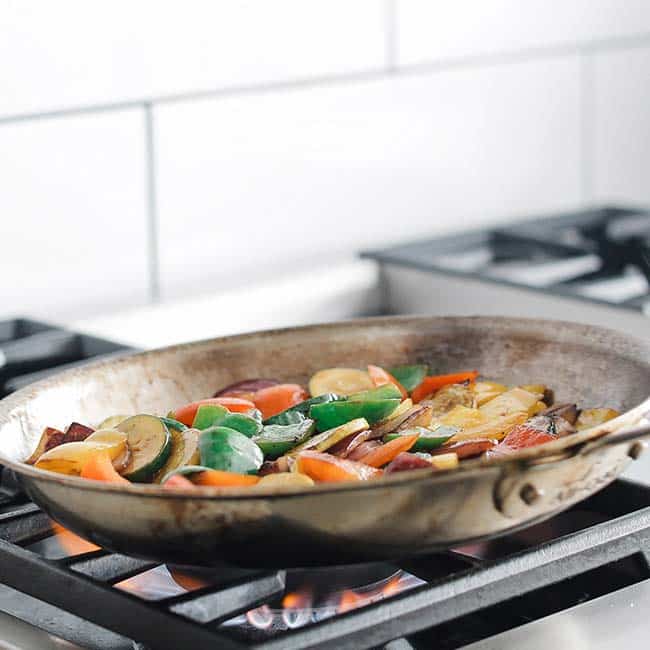
One of the most popular ways to cook food is by sautéing, however, most don’t do it correctly. To properly sauté, you have to understand quite a few things from smoking points, to flame temperature, to what kind of pan to use, there are some things to know. With that being said, it’s easy to grasp and once you have it, there is no turning back to boring bland food. You can sauté vegetables, thin slices of beef, pork or chicken.
What Is Sautéing
To sauté is to cook food quickly in a small amount of oil or other fat in a skillet over direct heat.
Is It the Same as Pan Frying
While they are very similar I would suggest that sautéing uses less oil and is done to cook smaller food items like vegetables that cook relatively quickly. Pan-frying, or as I would call it pan-searing, often cooks large pieces of protein with more fat and not quite as much heat.
What Kind of Sauté Pan to Use
I strongly believe that the pan you will use is not an overly important aspect of sautéing. You can use whatever type of pan you’d like, just as long as it’s smooth. With that being said, I prefer to use more natural pans that don’t give off any harsh chemicals. Here is what I like:
- Stainless Steel
- Carbon Steel
- iron
- GreenPan
Here are some that can give off harmful chemicals when heated:
- Aluminum
- Non-Stick
What Kind of Oil to Use
The oil for this cooking technique is sort of subjective. It will depend on the flavor you want, how healthy you want your oil to be as well as the smoking point. Here are some popular oils for sautéing:
- Olive Oil – 375° smoking point
- Canola Oil – 400°smoking point
- Avocado Oil – 520° smoking point
- Coconut Oil – 350° smoking point
- Ghee (Clarified Butter) – 485° smoking point
- Butter – 250° smoking point
Does the Smoke Point Matter
The smoking point may single-handedly be the most important procedure for this cooking technique. A high smoking point means that the fat can sit at higher temperatures without burning and more important burning the food. Lower smoking point oils like olive oil, which is what I most often use, demands you keep a close eye on your food so that it does not scorch.
Why Sauté
The purpose of doing this basic cooking technique is to bring out more flavor in your food. When your protein or vegetables get that golden brown sear on them, it’s those natural sugars in the food that come out to really enhance the taste of it. It’s an easy way to incorporate professional chef techniques into your daily cooking.
How to Sauté
Hot Pan Cold Oil – Start by preheating your pan over high heat for 30 to 60 seconds.
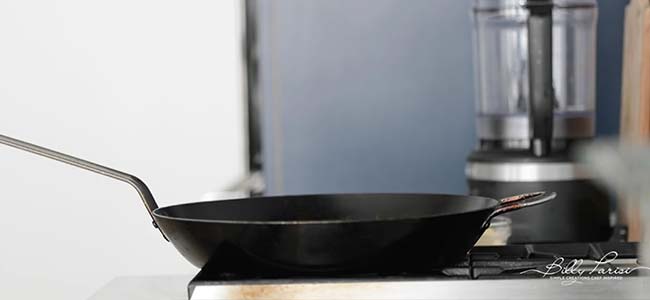
Add-In the Oil – Add your oil to the pan.
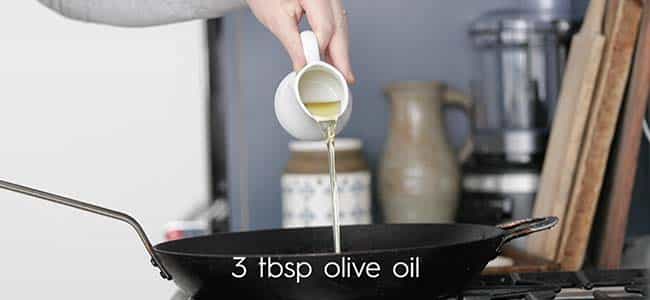
Once it Begins To Smoke – Place in your food item and turn the heat down to medium-high heat.
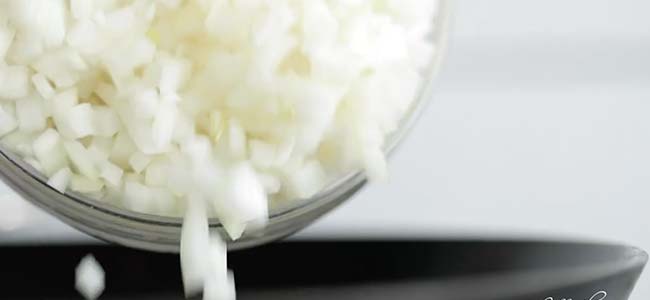
Let The Food Cook – For 15 to 20 seconds before moving the food around by flipping it in the pan or by using tongs or a spoon to move it around.
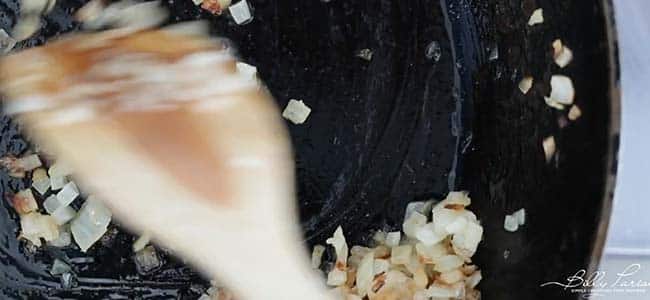
Add-In Some butter – To not only flavor up what your sauténg, adding butter will also help brown your food more evenly.
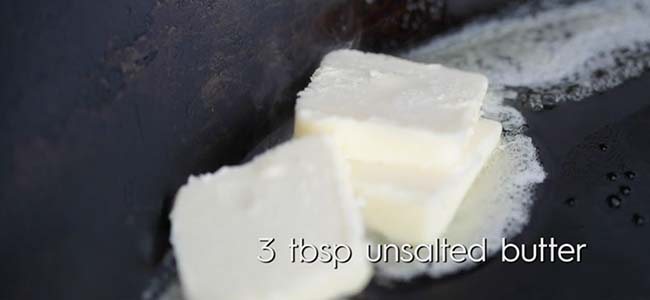
It Depends On What You’re Cooking – But most things will only sauté for 2 to 3 minutes total. The goal is to get the food lightly browned on the edges and center of what you’re cooking.
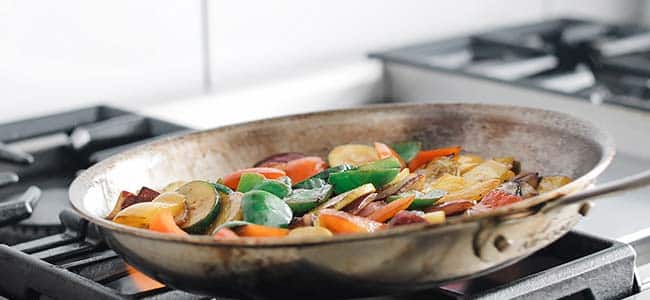
Season Your Food – Use salt and pepper to season up your sautéed food before serving.
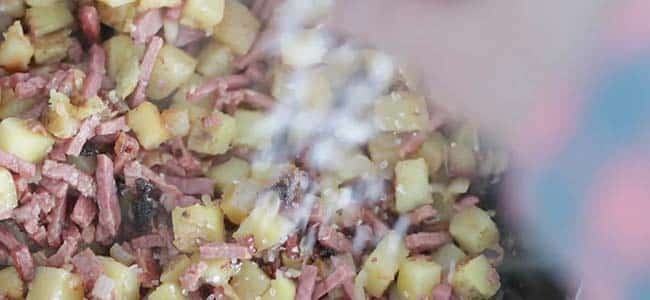

chef notes + tips
- To get the hang of this, I suggest adding the oil to a cold pan and heating it up over high heat until it begins to smoke before doing the hot pan with some cold oil method.
- The reason the oil must be hot before cooking is that if you add in cold food to cold oil the moisture builds up and often times will cause it to stick to the pan without those coveted golden brown marks.
- You can absolutely use your desired oil when practicing this cooking technique.
- It is definitely preferred to cook over gas to get the pan hot if not induction works well and the last would be electric.


Love your tips and recipes.
thank you so kindly!!
Fabulous teacher wonderful knowledge love… your way of teaching videos etc thank full thank you Chef Billy 😁😋👋🤔
Another beautifully detailed description of how to properly Sauté your food. It’s the little details that help bring out more flavors in your food prep that I enjoy learning. Thank You for being such a great teacher…